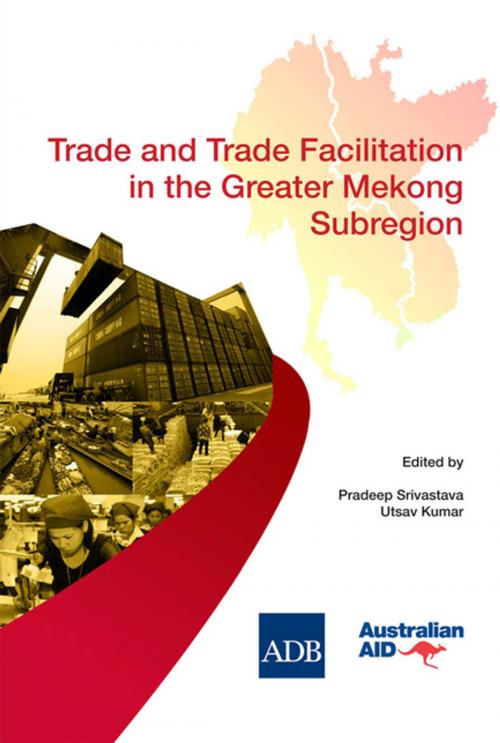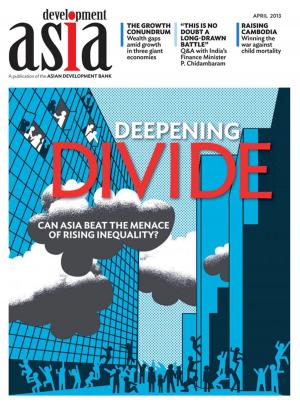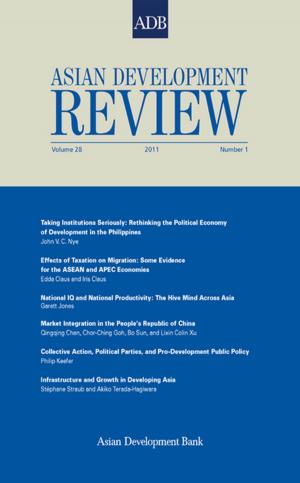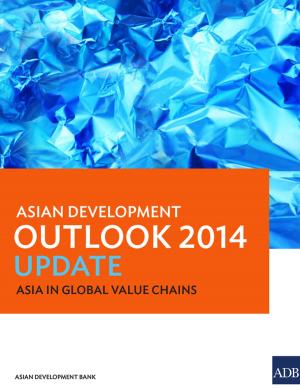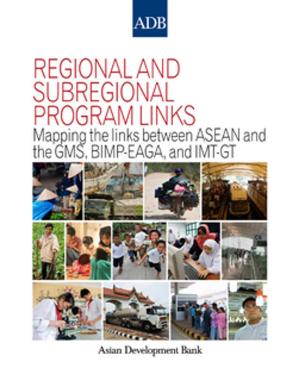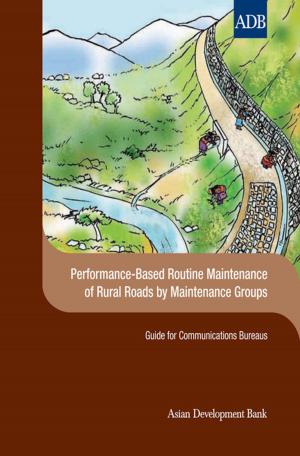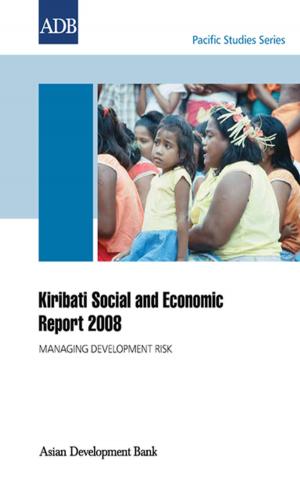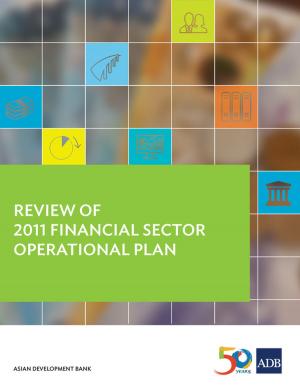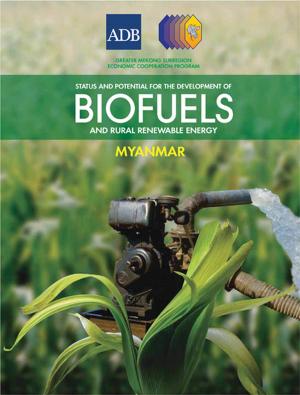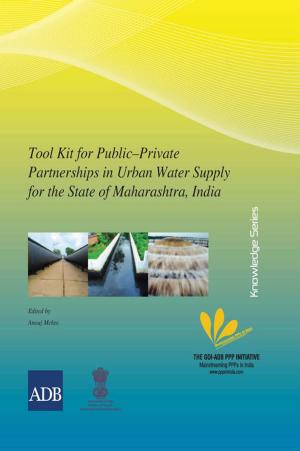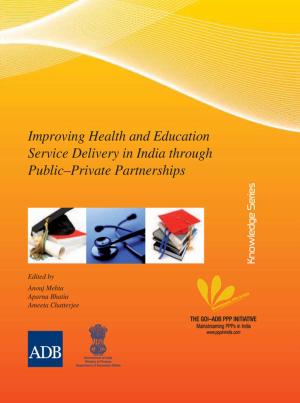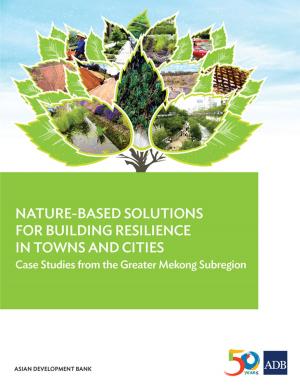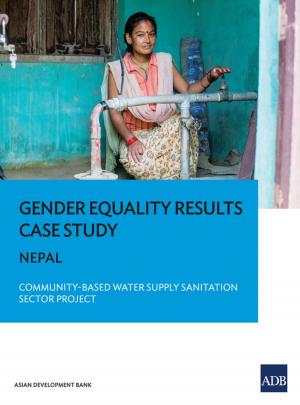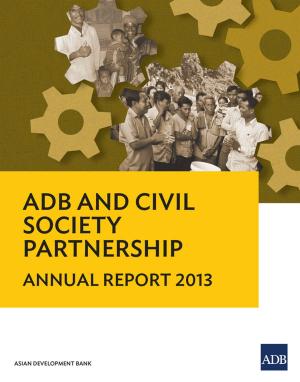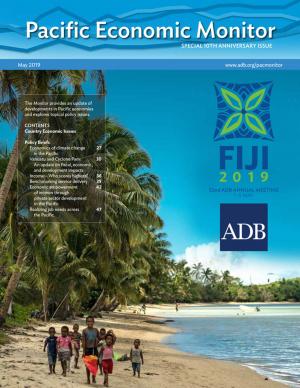Trade and Trade Facilitation in the Greater Mekong Subregion
Nonfiction, Social & Cultural Studies, Political Science, Politics, Regional Planning, Business & Finance, Marketing & Sales, Commerce| Author: | ISBN: | 9789290928294 | |
| Publisher: | Asian Development Bank | Publication: | August 1, 2012 |
| Imprint: | Asian Development Bank | Language: | English |
| Author: | |
| ISBN: | 9789290928294 |
| Publisher: | Asian Development Bank |
| Publication: | August 1, 2012 |
| Imprint: | Asian Development Bank |
| Language: | English |
The Greater Mekong Subregion (GMS) Program, with support from the Asian Development Bank (ADB) and other development partners, has scored impressive gains in promoting regional connectivity over the past 2 decades. Efforts have also been made to strengthen institutions and policies for trade and transport facilitation to increase the impact of the regional physical infrastructure. This book, prepared under an ADB technical assistance project financed by the Australian Agency for International Development, brings together studies highlighting deeper, structural challenges to trade facilitation in the GMS, including need for governance and bureaucratic reforms, trade competitiveness, and improved alignment of the regional corridors to trade flows. Importance of greater synergy between subregional and regional platforms for trade facilitation, for example between the GMS and the Association of Southeast Asian Nations (ASEAN), is also highlighted. The analyses should be of interest to development practitioners working to improve trade and transport facilitation in the GMS, elsewhere in Asia, and in the rest of the world.
The Greater Mekong Subregion (GMS) Program, with support from the Asian Development Bank (ADB) and other development partners, has scored impressive gains in promoting regional connectivity over the past 2 decades. Efforts have also been made to strengthen institutions and policies for trade and transport facilitation to increase the impact of the regional physical infrastructure. This book, prepared under an ADB technical assistance project financed by the Australian Agency for International Development, brings together studies highlighting deeper, structural challenges to trade facilitation in the GMS, including need for governance and bureaucratic reforms, trade competitiveness, and improved alignment of the regional corridors to trade flows. Importance of greater synergy between subregional and regional platforms for trade facilitation, for example between the GMS and the Association of Southeast Asian Nations (ASEAN), is also highlighted. The analyses should be of interest to development practitioners working to improve trade and transport facilitation in the GMS, elsewhere in Asia, and in the rest of the world.
